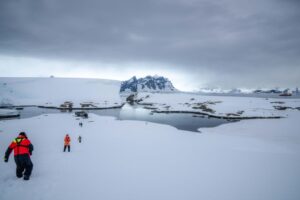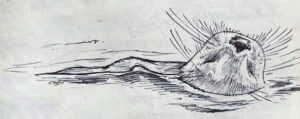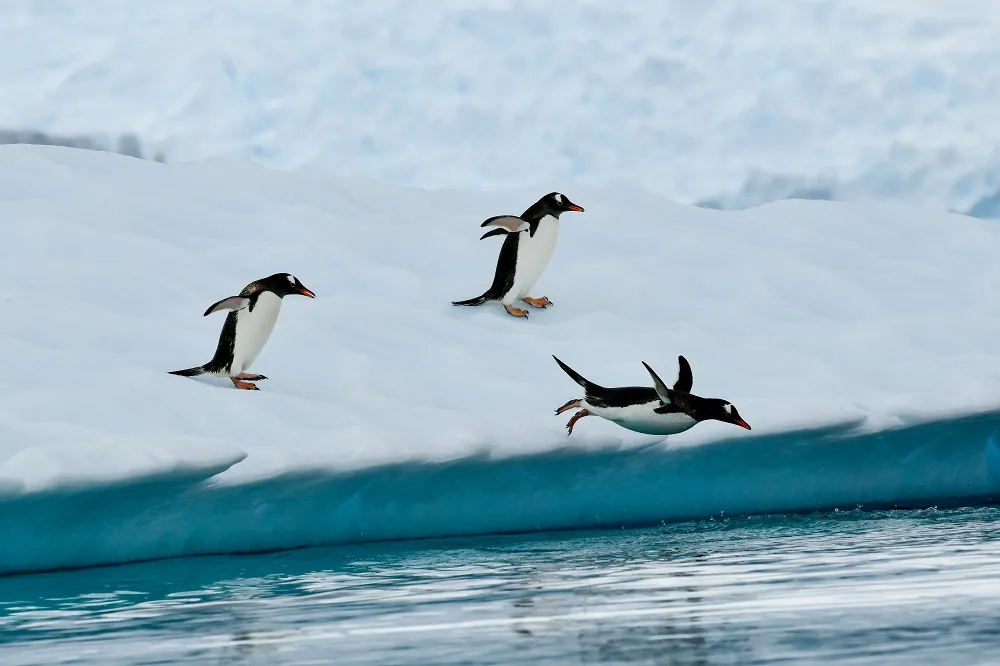The small sub world of science continues on Ocean Tramp, and so far we have been getting some very interesting results from a few different experiments that are being run. I’m here collecting a whole lot of information, mostly about the water (temperature, pH etc.) and plastics in the areas that we visit. Happily so far there hasn’t been too much to report. I have done a few short visual transects, watching the water from the bow up to 3m from the boat, and so far only saw one piece of plastic (over 8 days), a suspected piece of floss. Which is quite amazing after recently travelling in the Pacific where it isn’t possible to go more than a minute without hitting something plastic. There has been quite a bit of plastic caught up in the trees near where we have moored and on some of the beaches, where the tides and water movement have caused some areas of high plastic concentration. We’ll post some photos of these when we can, but mostly it’s been old ropes and refuse from other boats. We’re suspecting that predominantly it’s from the fishing boats that frequent these coves. It doesn’t look like so much rubbish is coming in from the ocean, but we will need to take a closer look to confirm that theory.

The weather hasn’t been too spectacular to be able to undertake good visual transects though, so I’ve also been doing some water sampling. This involves dropping a specially weighted tube into the water and tipping it at the depth desired to collect a sample. We’ve been doing surface samples and ones at about 8m. This is deep enough to detect temperature inversions which occur when there is cooler fresher water coming off the glaciers or from streams or waterfalls. The most distinct one was at the glacier we visited the other day, which was pretty exciting to see. I’m also filtering these water samples through a very fine filter to try and collect any microplastics which might be found in the sample. So far there hasn’t been anything much, however we’re still watching closely.
Yesterday was a very successful day because we managed to collect some bait from the inlet where we were staying. A few mussels were liberated from the beach and will be used to try and catch some fish when we moor again. We’re not fishing as we go because we’re concerned about accidentally catching birds. The aim of getting some fish is to get an idea of what they’re eating, particularly if they’re eating plastics. Approximately 30% of ocean fish have been found to have plastics in their stomachs, so it would be good to get some data to find out if that holds true for this part of the world. If we can’t catch any fish we’ll go shopping when we get into the next port.
There was also excitement on board as Fede, our Captain, found a net that we can use for sampling the water surface to collect large samples over an extended period of time. I ran some preliminary experiments with this yesterday afternoon from the kayak and it looks like it should work brilliantly. From a short kayak around we got a whole lot of surface samples, mostly some very small crustaceans and a lot of bits of kelp. But the theory is sound! So we’ll run a net transect once or twice today and see what we get. We’ll also do this when we get out into the open ocean as this will be a lot easier and safer than trying to do some of the other experiments in the weather.
Alongside these experiments we are also trying to fill in some gaps in the data that Adventurers and Scientists for Conservation have collected through their citizen science initiative. I have some maps which show where these gaps are and we’re doing our best to get some good water samples which should improve the global picture of microplastics in the ocean. Though we’re only taking surface water samples. So far we’ve collected samples at a glacier, in some very secluded coves and where the Pacific and the Beagle Channel meet. The challenging part of this experiment is that we have to empty bottles at a sufficient pace to be able to take samples with them, so I am regularly encouraging the crew to increase their Coke and Sprite intake, which is an excellent way of improving people’s relationship with science!
We have some great videos of the sampling which we’re looking forward to sharing with you when we have good internet access. More to come soon.
– Amelia








